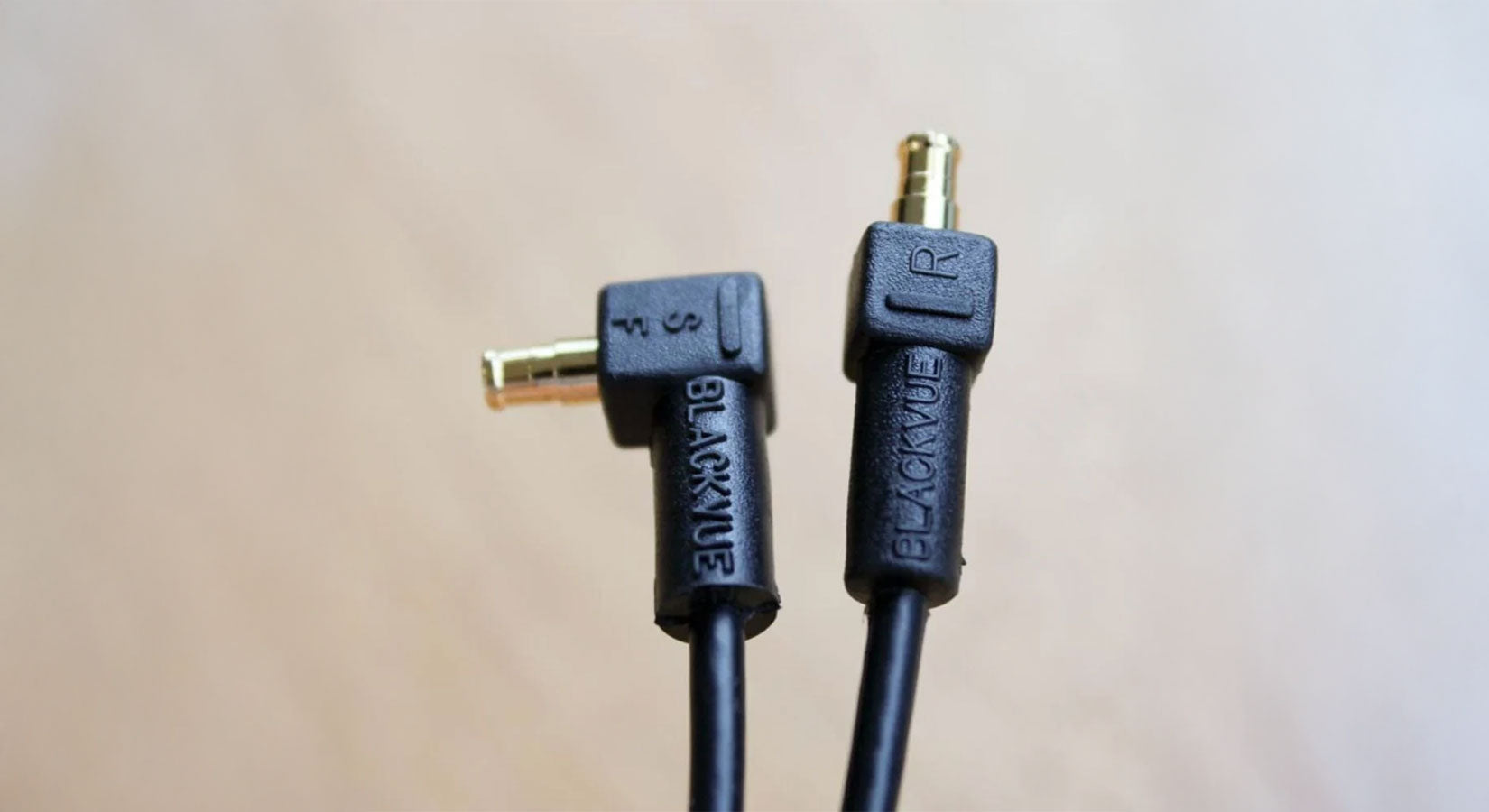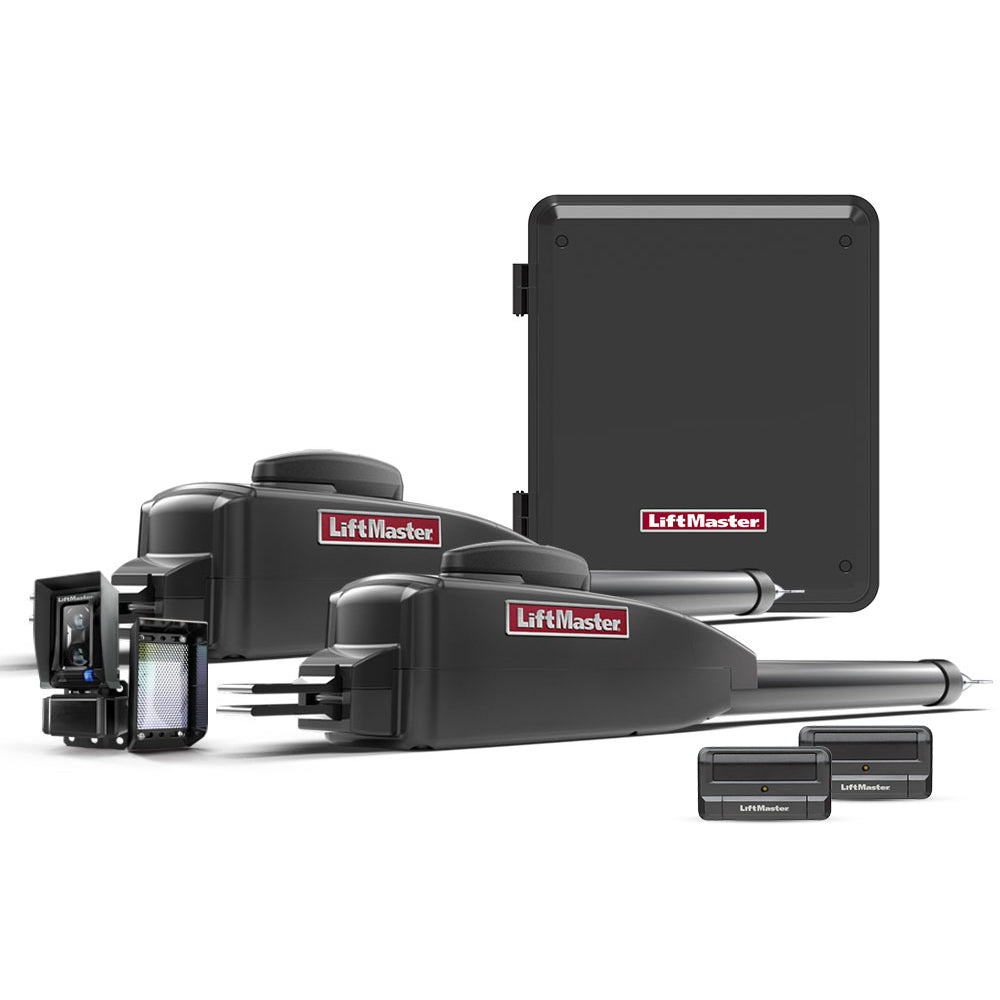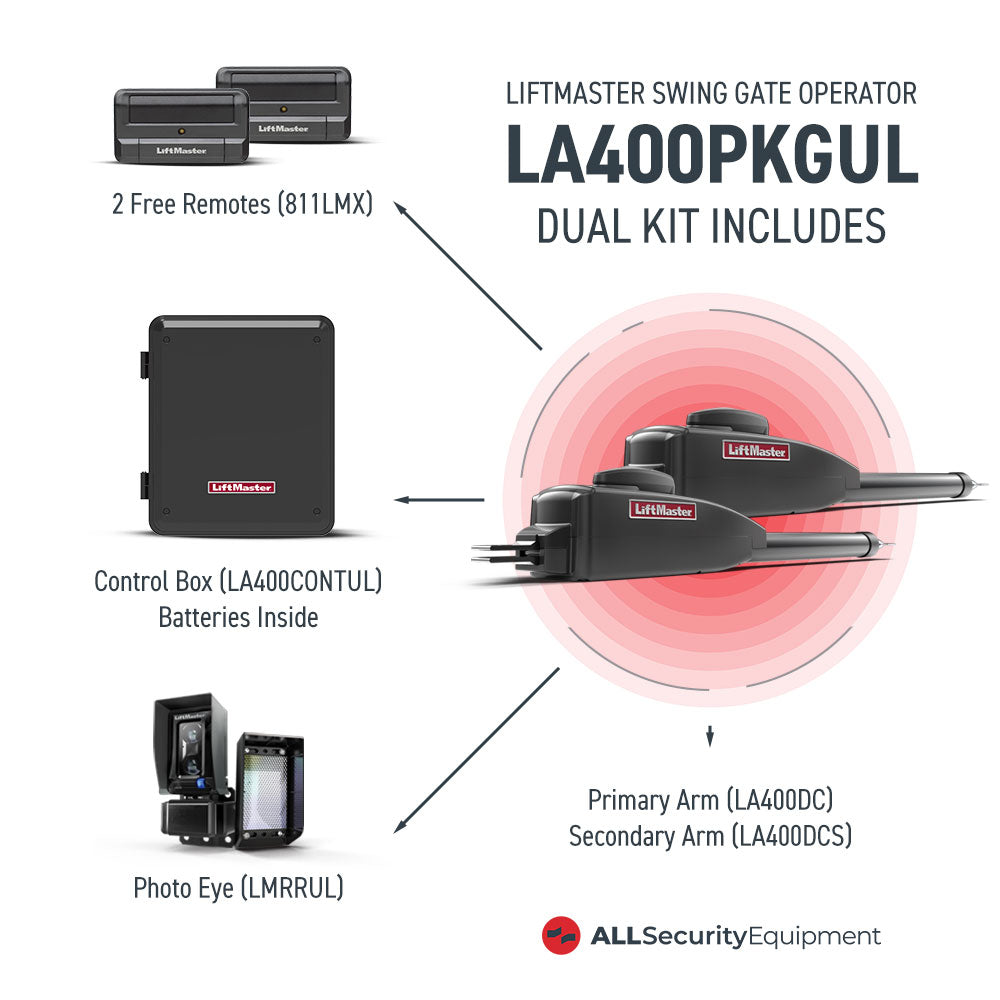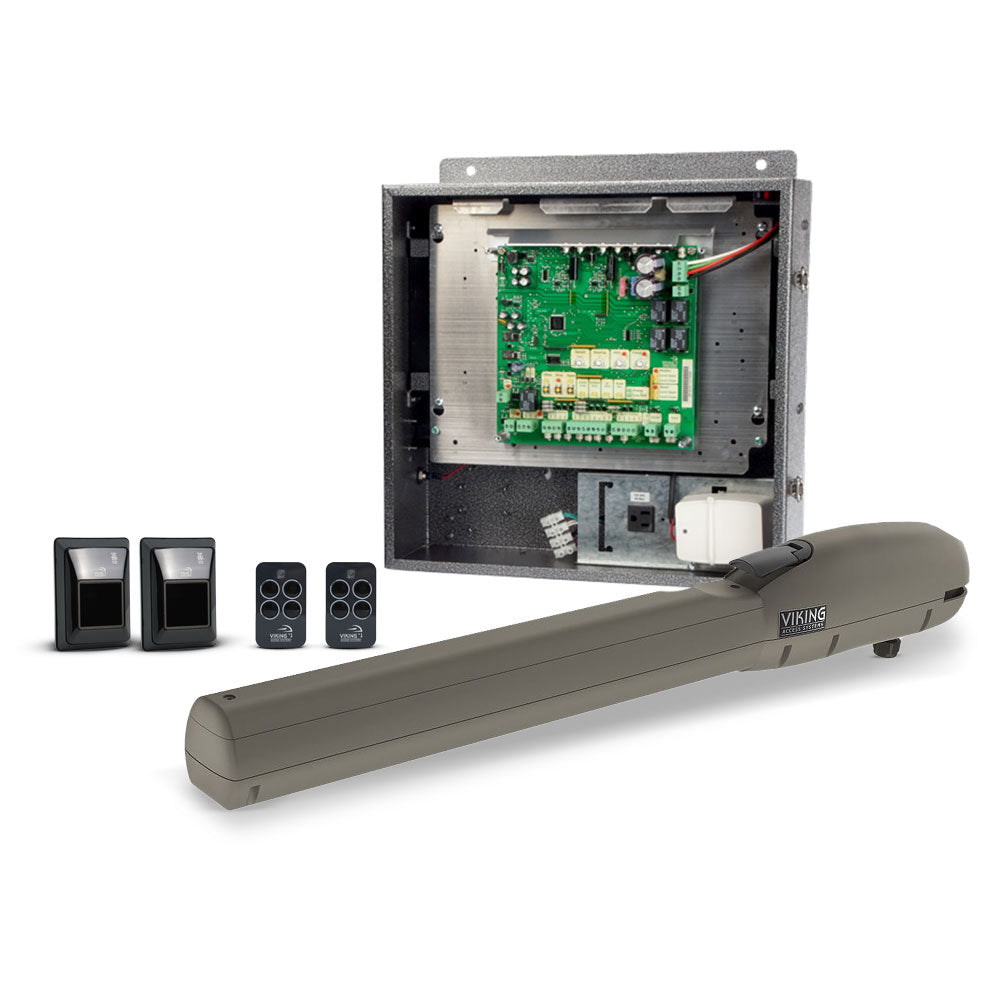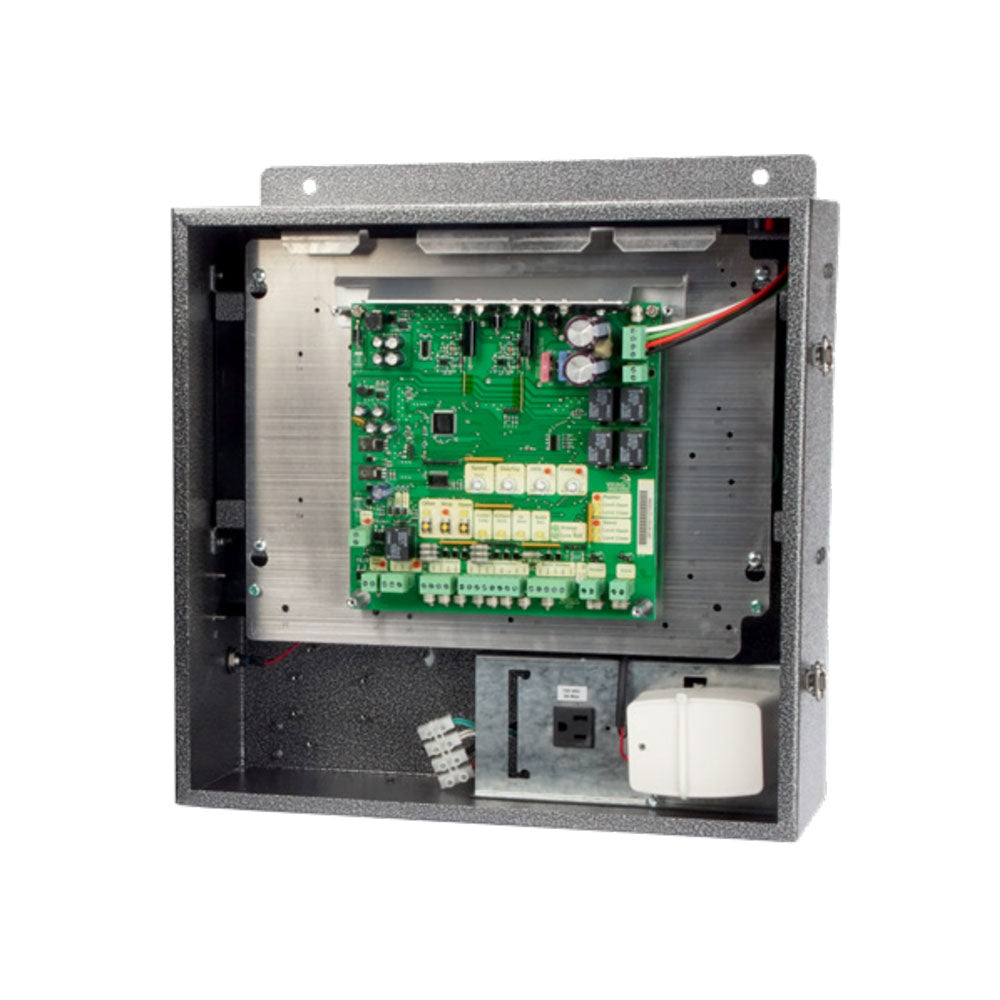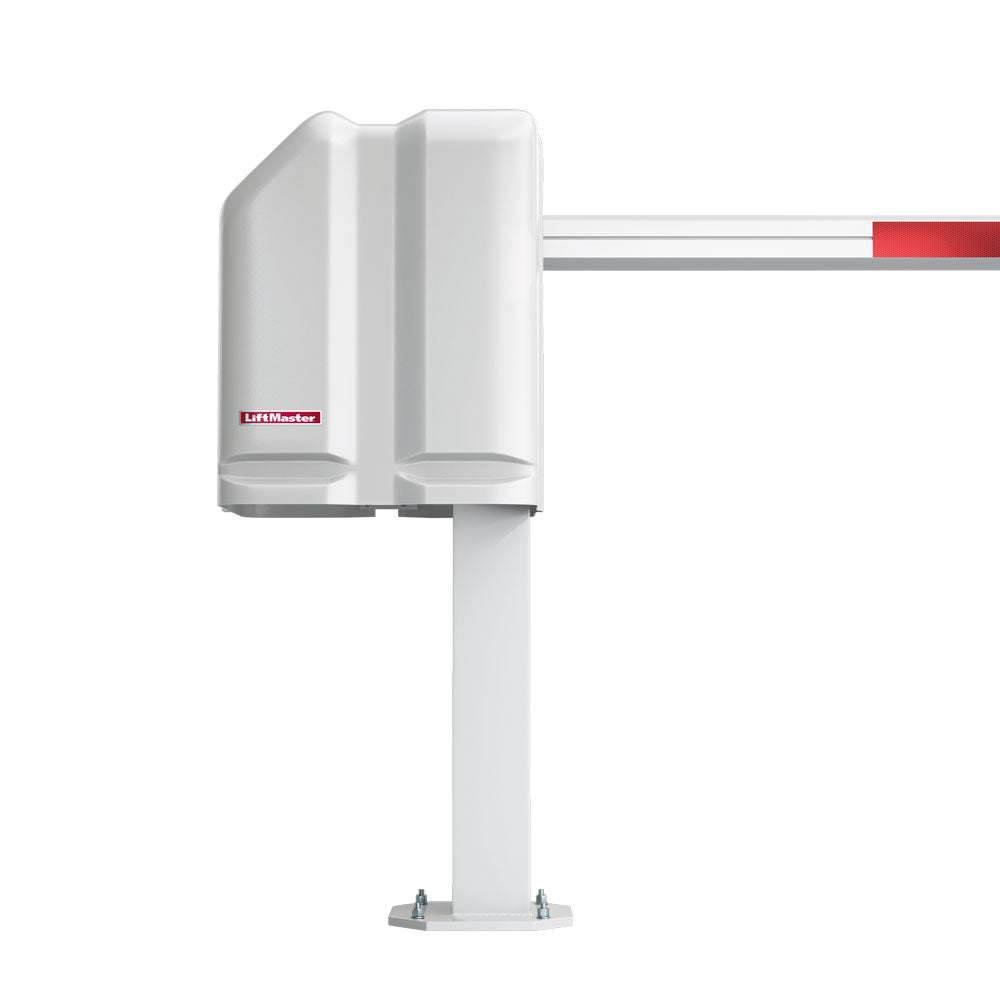When setting up a security system, choosing the right type of cable is one of the most important decisions you'll make. The two most common options are coaxial cable and Ethernet cable. Understanding the key differences between Ethernet vs. coaxial is crucial for ensuring your security cameras and other devices perform reliably. The type of cable you choose will directly affect your system’s performance, ease of installation, and future-proofing.
While both Ethernet and coaxial cables can be used to transmit data, they are designed differently and serve distinct purposes. This guide will help you understand each one so you can make the best choice for your security setup, whether for a home, a business, or a large facility.

Coaxial Cable: A Proven Technology
A coaxial cable is a type of electrical cable that has an inner conductor made of solid copper wires, surrounded by a tubular insulating layer, a metallic shield, and an outer plastic jacket. This layered design is a key feature, as it prevents outside signals from interfering with the internal signal, reducing signal loss. Coaxial cables are commonly used for carrying radio frequency (RF) signals, which is why they have been the standard for cable television and broadband internet for many years.
For security systems, coax cable is primarily used with older, analog CCTV systems. These systems transmit video signals from the camera to a DVR (Digital Video Recorder). While analog systems are older technology, they are still a reliable and often cost-effective choice, especially for smaller installations. Many modern analog cameras, such as those that use HD-CVI, HD-TVI, and HD-AHD technologies, can now deliver high-definition video over coax cable, which has extended the life of this cabling.
Pros of Coaxial Cable:
-
Long Distances: Coaxial cable can transmit data over long distances with minimal degradation. Certain types, like RG-11, are specifically designed for runs over 300 feet, which is a major advantage for covering large properties.
-
Established Technology: It's a proven and stable technology that has been used for many years, so its performance is well understood.
-
Cost-Effective: For older systems, the cable and connectors can be very affordable, and if you are using an existing coax infrastructure, it can save you significant time and money.
Cons of Coaxial Cable:
-
Limited Functionality: Coax is primarily for video signals. For power and audio, you will need separate wires, which can make how to wire security cameras more complicated.
-
Lower Resolution: Although HD-over-coax is available, the maximum resolution and frame rate are still typically lower than what can be achieved with Ethernet.
-
Bulky: Coax cables are thicker and less flexible than Ethernet cables, which can make installation more difficult, especially in tight spaces.

Ethernet Cable: The Modern Standard for Data
An Ethernet cable is a network cable designed to connect devices within a local area network (LAN). They are made of multiple insulated copper wires that are twisted into pairs to reduce signal interference. This is why they are often called "twisted pair cable." The most common types for security systems are Cat5e and Cat6 cables, with Cat6 offering better performance for higher speeds and less crosstalk.
In the world of security, Ethernet cable is the standard for modern IP (Internet Protocol) cameras. These cameras transmit digital video and power over a single cable, a technology known as Power over Ethernet (PoE). This makes the installation process much simpler and greatly reduces the number of cables you need to run. This is what makes how to wire security cameras with Ethernet so appealing for new installations.
Pros of Ethernet Cable:
-
Higher Performance: Ethernet supports much higher speeds and resolutions, perfect for high-definition and 4K security cameras.
-
Single Cable Solution: PoE allows a single Ethernet cable to transmit both video data and power to the camera, simplifying wiring and reducing labor costs.
-
Versatility: Ethernet cables can be used for a wide range of applications, including computers, network switches, and other devices in your local area networks lan, making it a flexible investment.
-
Future-Proof: With new Cat6 and even Cat6a cables, you can handle speeds up to 10 Gbps, ensuring your network is ready for future upgrades.
Cons of Ethernet Cable:
-
Distance Limitations: Standard Ethernet has a maximum effective distance of 100 meters (328 feet). For longer runs, you will need a signal extender or a fiber optic cable, which adds to the cost and complexity.
-
Cost: Quality Cat6 cable can be more expensive than basic coax, but the savings from simpler installation often balance this out.
Making the Right Choice for Your Security System
When choosing the best cable for security camera system, you need to consider the type of cameras you are using and your goals for the system.
|
Feature |
Coaxial Cable |
Ethernet Cable |
|
Technology |
Analog CCTV (HD-over-coax) |
IP (Internet Protocol) |
|
Resolution |
Up to 1080p or 4MP |
Up to 4K and beyond |
|
Power |
Requires a separate cable |
Can transmit power over the same cable (PoE) |
|
Distance |
Good over long distances (up to 1,000+ feet) |
Limited to 328 feet (100m) without extenders |
|
Installation |
Bulky, less flexible, requires more connectors |
Thin, flexible, and simpler with PoE |
|
Data Speed |
Varies, generally lower |
100 Mbps, 1 Gbps, 10 Gbps |
|
Future-Proof |
Limited |
High degree of future-proofing |
If you are upgrading an old system that already uses a coax cable infrastructure, you may consider an IP over Coax adapter to reuse your existing wiring. This can save you from a major rewiring project. For a brand new installation, IP cameras with Ethernet are the top choice for performance, versatility, and ease of installation.
CCTV Coaxial Cable Types: What to Know
For those with analog systems, it's important to know the different types of CCTV coaxial cable types.
-
RG-59: This is the most common type for CCTV systems. It's suitable for most short to medium-distance runs and provides a good balance of cost and performance.
-
RG-6: A thicker cable with better shielding. It's the standard for cable television and broadband internet, and it can be used for longer security camera runs where signal loss is a concern.
-
RG-11: The thickest type of coax cable, offering the lowest signal loss over very long distances. It's often used for large, professional installations.
Conclusion
The debate between ethernet vs coaxial is not about which cable is "better" overall, but which is the right tool for the job. For modern, high-performance security systems, Ethernet cable is the clear winner. Its ability to carry both power and data, along with its support for high resolutions, makes it the go-to choice for today's IP cameras.
However, coaxial cables are commonly still in use for legacy systems and can be a practical option for certain scenarios. Understanding the strengths and weaknesses of both types of cable will ensure you make a smart investment and build a security system that performs exactly as you need it to.

